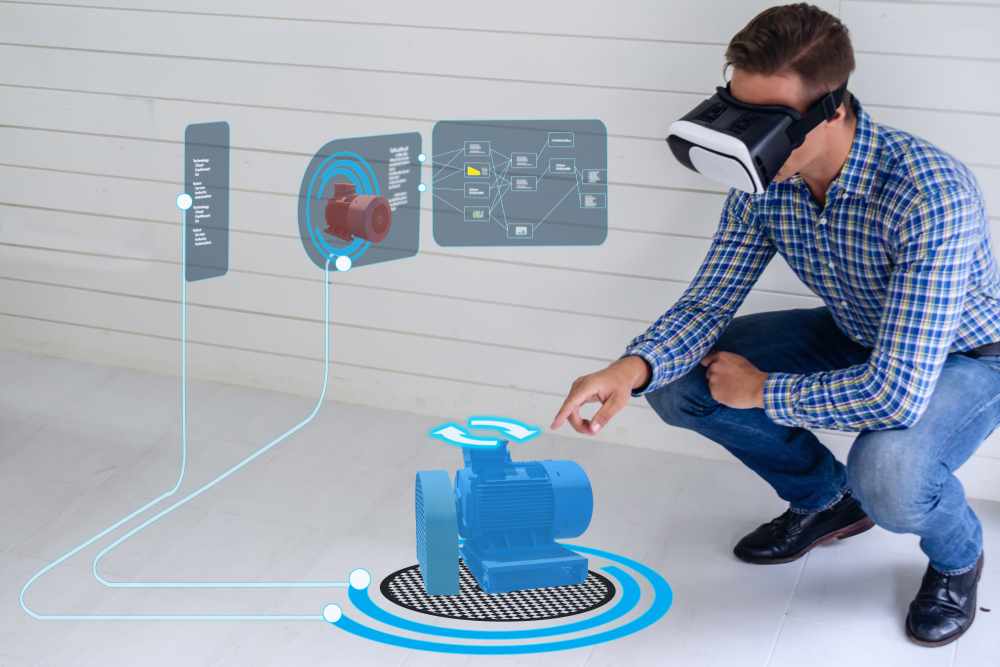High employee churn rates are a major pain point for many HR professionals as businesses and workplaces enter into a big season of change. High churn rates were already a concern due to financial implications (replacement costs typically range from one-half to two times an employee’s annual salary) and their known detrimental effects on operational longevity and customer service/experience.

Now, HR departments can expect employee retention to get more challenging due to continuing budget cuts, mass remote work, and shifting priorities/protocols. One of the best ways to attract, engage, and retain employees is to provide them with impactful training and learning and development (L&D) opportunities.
Increasing Employee Retention with L&D
Millennial workers place such a high value on L&D that 58% say they are more likely to switch jobs for better learning opportunities or better work/life balance than higher pay. Effective L&D programs will be especially important in the future as employees experience major shifts in job roles and priorities, grapple with ongoing remote working, and navigate new customer/operational challenges that require specific skills.
The most rewarding L&D programs typically offer a balance of job-specific training and career development opportunities. Employees with effective job training have a sense of practiced expertise, which allows them to be more engaged with customers and teammates, better at on-the-spot problem-solving, and able to maintain lower levels of anxiety and stress.
Upskilling and continual personalized learning opportunities give employees a sense of ownership over their own career paths and therefore make them more resilient during difficult changes. The bottom line is that the employees who stay are the employees who feel competent in their role and satisfied with their personal growth.
Drawbacks of Traditional L&D Methods
Traditional L&D programs typically involve a combination of scalable methods (like reading materials and videos) and in-person methods (like classes, on-the-job training, and one-on-one mentorship). Unfortunately, common scalable methods, while good at making materials accessible to many, can be less effective because they do not engage employees in active learning. On the other hand, in-person trainings and learning experiences are certainly more engaging and effective but are more expensive and less scalable and can cause slowdowns in operations.
A further complication lies in the major shift toward remote work. Post-COVID, many businesses will likely retain a higher level of remote workers, resulting in teams that are either blended or completely dispersed. Given that, companies will need to adjust L&D programs in order to effectively serve all employees, no matter where they are.
While some employers may be planning to resume business as usual after the pandemic passes, many will need to adopt new permanent solutions. Those companies that decide to make that important shift will find that simply trying to pivot their current L&D programs (e.g., classes, seminars, and presentations) online with videoconferencing is not necessarily a sustainable or an effective solution.
Those that are serious about finding the best, most engaging ways to train employees will need to embrace new and improved technologies.
Using Immersive Learning for Better Engagement and Retention
Businesses that are interested in keeping employees will learn to invest in their people. Properly investing in their people means ensuring their programs are effective, exciting, and engaging. Virtual reality (VR)-based immersive learning programs are quickly becoming the number one training choice for many industries.
Using VR, employees are fully immersed in real-world scenarios in which they can practice hard and soft skills in a safe environment without risk or consequence. In VR, mistakes are free. Employees can practice in high-stress environments and with scenarios that will quickly become familiar in their role.
Immersive learning programs also offer insights into how employees are performing over time, enabling managers to help guide their workers on a path of continuous refinement and improvement.
For example, eye-tracking capabilities can show where a store employee is looking in a scenario to identify opportunities to improve customer service. Data can also be tracked over time, enabling managers to refine their processes and guide their workers to continuously improve.
Because of this, VR opens up numerous avenues in workplace training that previous classroom or seminar training models simply cannot. The end result is not only a more impactful learning experience—with higher trainee engagement and enjoyment, preparedness, and knowledge retention—but also an overall increase in employee satisfaction and sense of confidence on the job.

Derek Belch is the founder and CEO of Strivr, a provider of VR-based immersive learning solutions. Belch developed his vision for Strivr while getting his masters in VR and serving as an assistant football coach at Stanford University. With a passion for sports and expertise in immersive technology, Belch set out to reinvent and shape the future of how people learn. From the athlete to the enterprise, Strivr is now partnering with leading Fortune 1000 companies to elevate performance through immersive experiences.
